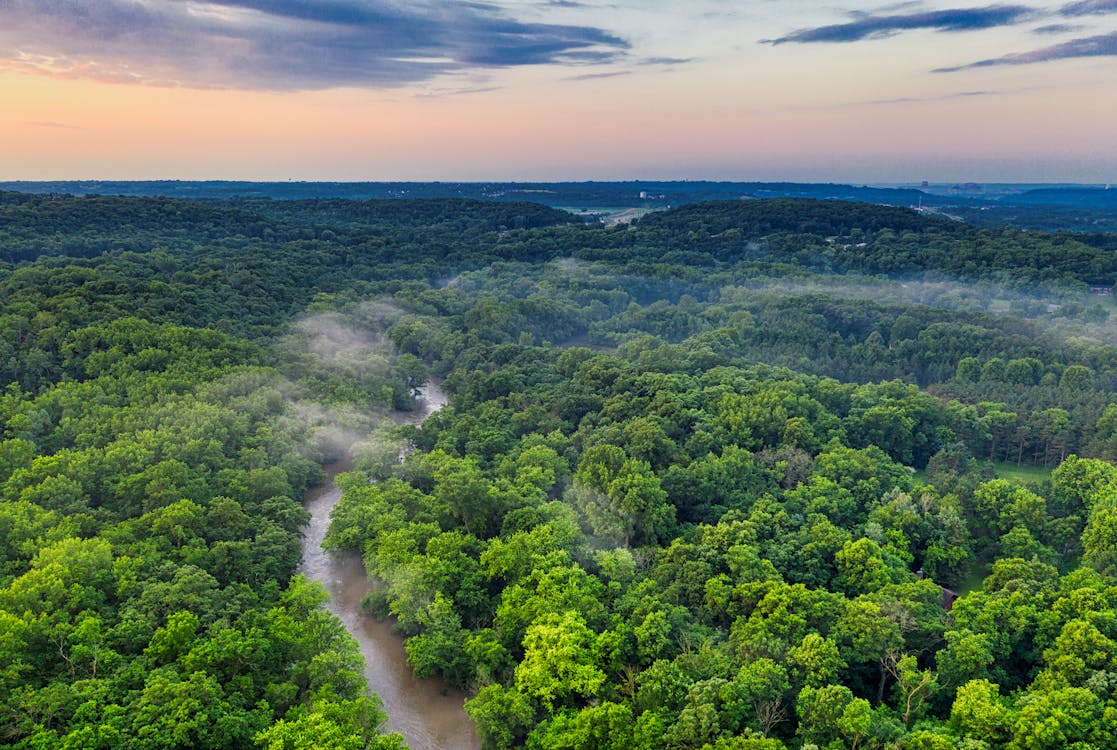The Amazon River, winding through the northern part of South America and spanning three countries, is renowned as the world’s second-longest river system. It plays a crucial role as a lifeline for countless communities, and as a vital highway for the movement of goods, the Amazon River is essential for dry bulk trade.
The grain ports along the Amazon River—Santarém, Itacoatiara, Novo Remanso, and Santana (Macapá)—have collectively shipped grains on 14 million deadweight (dwt) of bulk carrier capacity this so far this year, through August, accounting for approximately 11.5% of Brazil’s total grain exports. Grain exports from these ports have averaged around 1.7-2.2 million dwt per month between February-August in 2023-24, but typically fall to seasonal lows of 0.6-1.0 million dwt per month between September-December.
However, their ability to maintain even these export levels could be in jeopardy, as river levels in the Amazon region are falling below the seasonal average. The Brazilian Geological Service (SGB) has cautioned that water levels have been declining since June, with all rivers in the Amazon basin projected to fall below historical norms. With significant rain not expected until October, this drop could disrupt shipping operations and result in port delays.
However, the current situation is a very different one from last year. In mid-2023, the Amazon River Basin also experienced an exceptional drought, marked by low rainfall and persistently high temperatures. This severe drought caused river levels to similarly drop to dangerously low levels, rendering some Amazon River ports unusable for barges. Traders were compelled to reroute their agriproducts to alternative crowded ports in the southeast, such as Santos, Paranaguá, and Rio Grande.
While the Amazon River faced an intense drought last year, the southern ports faced the exact opposite of persistent bad weather and above average rainfall. This combination of weather issues in both the north and south pushed Panamax congestion off Brazilian ports to all time highs over most of the 2H 2023.
Even as the Amazon River deals with lower water levels again, thankfully we have not seen such a confluence of bad weather again this year, with Panamax congestion off Brazil at much lower levels compared to last year. As Brazil enters their seasonal low in grain exports, it seems the focus in the Panamax market will soon shift to the U.S. as their harvest season kicks in.

